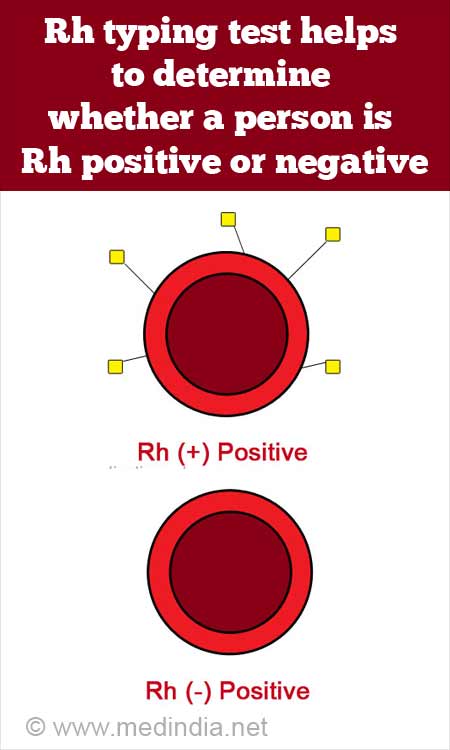


However, the load of hemoglobin released can easily overwhelm the kidney’s capacity to clear it, and the patient can quickly develop kidney failure. This hemoglobin travels to the kidneys, which are responsible for filtration of the blood. As the erythrocyte clumps are degraded, in a process called hemolysis, their hemoglobin is released into the bloodstream.The clumps of erythrocytes block small blood vessels throughout the body, depriving tissues of oxygen and nutrients.Because the arms of the Y-shaped antibodies attach randomly to more than one nonself erythrocyte surface, they form clumps of erythrocytes.Proteins called antibodies (immunoglobulins), which are produced by certain B lymphocytes called plasma cells, attach to the antigens on the plasma membranes of the infused erythrocytes and cause them to adhere to one another. Following an infusion of incompatible blood, erythrocytes with foreign antigens appear in the bloodstream and trigger an immune response. In this chapter, we will use the more common terms antigens and antibodies.Īntigens are generally large proteins, but may include other classes of organic molecules, including carbohydrates, lipids, and nucleic acids. With RBCs in particular, you may see the antigens referred to as isoantigens or agglutinogens (surface antigens) and the antibodies referred to as isoantibodies or agglutinins. (Seek more content for additional information on immunity.) Here, we will focus on the role of immunity in blood transfusion reactions. Organs with Secondary Endocrine Functionsĭevelopment and Aging of the Endocrine SystemĪntigens, Antibodies, and Transfusion ReactionsĪntigens are substances that the body does not recognize as belonging to the “self” and that therefore trigger a defensive response from the leukocytes of the immune system. Muscles of the Pectoral Girdle and Upper LimbsĪppendicular Muscles of the Pelvic Girdle and Lower Limbsīasic Structure and Function of the Nervous SystemĬirculation and the Central Nervous Systemĭivisions of the Autonomic Nervous System Interactions of Skeletal Muscles, Their Fascicle Arrangement, and Their Lever SystemsĪxial Muscles of the Head, Neck, and BackĪxial Muscles of the Abdominal Wall and Thorax Nervous Tissue Mediates Perception and Responseĭiseases, Disorders, and Injuries of the Integumentary SystemĮxercise, Nutrition, Hormones, and Bone TissueĬalcium Homeostasis: Interactions of the Skeletal System and Other Organ SystemsĮmbryonic Development of the Axial Skeletonĭevelopment and Regeneration of Muscle Tissue Organic Compounds Essential to Human Functioning Inorganic Compounds Essential to Human Functioning What is your blood type? Donate and find out.Structural Organization of the Human BodyĮlements and Atoms: The Building Blocks of Matter Nearly 16 million blood components are transfused each year in the U.S." For more about plasma donation, visit the plasma donation facts. The universal plasma donor has Type AB blood. The universal red cell donor has Type O negative blood. The need for O+ is high because it is the most frequently occurring blood type (37% of the population). However, the need for O negative blood is the highest because it is used most often during emergencies. Only 7% of the population are O negative. Types O negative and O positive are in high demand. Minority and diverse populations, therefore, play a critical role in meeting the constant need for blood. Type O is routinely in short supply and in high demand by hospitals – both because it is the most common blood type and because type O negative blood is the universal blood type needed for emergency transfusions and for immune deficient infants.Īpproximately 45 percent of Caucasians are type O (positive or negative), but 51 percent of African-Americans and 57 percent of Hispanics are type O. Why? O negative blood can be used in transfusions for any blood type. Universal donors are those with an O negative blood type.


 0 kommentar(er)
0 kommentar(er)
